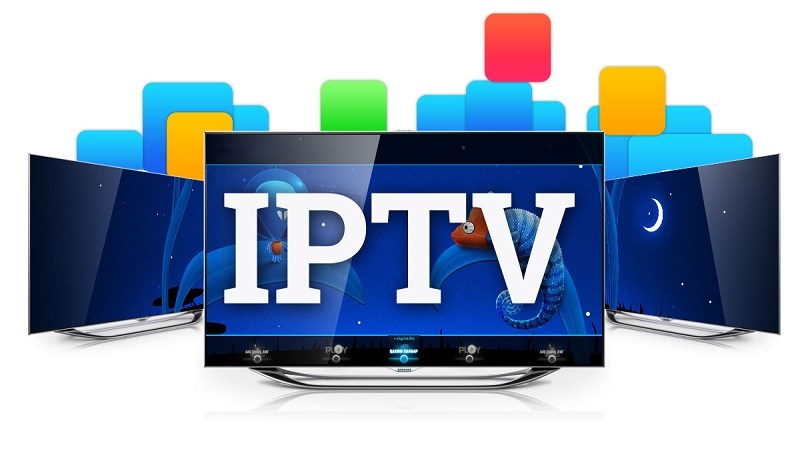Introduction:
Want to watch live TV over the internet without the hassle of complicated setups? IPTV (Internet Protocol Television) delivers TV channels directly to your devices via your internet connection. And with Kodi and the Fen add-on, accessing IPTV has never been simpler. This guide will show you how to get started with basic IPTV streaming on Kodi using Fen in just a few easy steps. No technical expertise required!
Installation Overview:
Here’s a quick overview of the installation process:
| Component | Action | Steps (Simplified) |
| Kodi (Optional) | Install Kodi | 1. Download from kodi.tv<br>2. Run the installer<br>3. Follow on-screen instructions |
| Fen | Install Fen Add-on | 1. Open Kodi Settings -> File manager -> Add source<br>2. Add the Fen repository URL<br>3. Name the source (e.g., “Fen Repo”)<br>4. Go to Add-ons -> Add-on browser (open box icon) -> Install from repository<br>5. Select the Fen Repo<br>6. Select Video add-ons<br>7. Find and Install Fen |
| IPTV Simple Client | Install IPTV Simple Client | 1. Open Kodi Add-ons -> Add-on browser (open box icon) -> Install from repository<br>2. Select Kodi Add-on repository<br>3. Select PVR clients<br>4. Find and install PVR IPTV Simple Client |
Installing the Necessary Components: Getting Everything Ready
Before you dive into the world of IPTV, you’ll need to install Kodi (if you don’t have it already), the Fen add-on, and the IPTV Simple Client. This section will guide you through each step.
Installing Kodi (If You Don’t Have It Yet)
Kodi is a free and open-source media player that acts as the hub for your streaming setup.Windows, macOS, Android, iOS, and Linux are among the operating systems for which it is compatible. On the official Kodi website, you can download the version that is compatible with your device: [kodi. tv]. Installing software is usually as simple as downloading the installer and following the on-screen directions. Once installed, launch Kodi to continue with the next steps.
Installing the Fen Add-on: Your IPTV Gateway
Fen simplifies accessing various online content, including IPTV streams.It serves as a link between your IPTV service and Kodi. To install Fen, you’ll first need to add the repository (a storage location for add-ons) to Kodi. Here’s how:
- Open Kodi and click the Settings icon (it looks like a gear or cogwheel).
- Select File manager. This allows you to manage file sources for Kodi.
- Click on Add source. A window will pop up.
- Click on <None>. Another window will appear where you’ll enter the repository URL.
- Carefully type in the URL for the Fen repository (e.g., http://example.repo).Making use of the correct and current URL is crucial. Search online for the most recent Fen repository source. (Screenshot of entering the URL)
- Click OK.
- Give this media source a name (e.g., “Fen Repo”) so you can easily identify it later. Click OK.
- Go back to Kodi’s home screen and choose Add-ons from the menu on the left.
- To access the Add-on browser, click the open box icon located at the upper left corner of the screen.
- Choose “Install from repository.”
- Select the newly added repository (for example, “Fen Repo”).
- Select Video add-ons.
- Find Fen in the list of add-ons and click Install. (Screenshot of selecting Fen for installation)
Setting Up the IPTV Simple Client: Establishing a Connection with Your IPTV Provider
The IPTV Simple Client is the essential add-on that handles the connection to your IPTV service and streams the channels. Here’s how to install it:
- In Kodi, go to Add-ons.
- In the upper left corner, click the open box icon.
- Select Install from repository.
- Select Kodi Add-on repository. This is the official Kodi repository and contains the IPTV Simple Client.
- Select PVR clients.
- Find PVR IPTV Simple Client in the list and click Install. (Screenshot)
Configuring IPTV Simple Client with Fen: Linking Your Channels
Now that you have everything installed, it’s time to connect to your IPTV service. An M3U playlist URL from your IPTV provider is required. We do not provide M3U playlists or recommend specific providers.
Getting Your M3U URL: The Key to Your Channels
An M3U playlist is a file containing links to your IPTV channels. When you sign up for your IPTV service, your provider will provide you with this URL. This is essential for the setup.
Configuring IPTV Simple Client: Connecting the Dots
- In Kodi, go to Add-ons -> My add-ons -> PVR clients.
- Select PVR IPTV Simple Client and click Configure.
- Select the General tab.
- Enter your IPTV provider’s URL in the M3U Playlist URL field. (Screenshot)
- Click OK.
Accessing IPTV Channels through Fen: Watching Live TV
Now that everything is set up, you can begin viewing! Here’s how to access your IPTV channels through Fen:
- In Kodi, go to Add-ons -> Video add-ons.
- Select Fen.
- Navigate through Fen’s menus. The location of your IPTV channels will vary depending on how your provider has set up their playlist. Look for a section labeled “IPTV,” “Live TV,” or something similar. (Screenshot showing a likely menu structure)
- Select the desired channel to start watching. (Screenshot of a channel playing)
Basic Troubleshooting: Quick Fixes
Sometimes things don’t go perfectly. Here are some quick fixes for common issues:
Buffering:
If you experience buffering (the video pausing and loading), try these steps:
- Use an online speed test to see how fast your internet connection is.
- Restarting your modem and router might help.
- For a more reliable connection if you’re using Wi-Fi, consider moving to a wired Ethernet connection.
No Channels Showing:
If you’re not seeing any channels after configuring the IPTV Simple Client:
- Double-check the M3U URL you entered. Make sure there are no typos.
- Contact your IPTV provider to confirm the URL is correct and active.
- Try restarting Kodi.
Check your IPTV Service Status:
Before troubleshooting Kodi or Fen, first check if your IPTV service is online. Sometimes providers experience outages. Check their website or social media for announcements.
Conclusion:
That’s it! You’ve now successfully set up a simple IPTV on Kodi using Fen. Enjoy watching live TV without the complexities of traditional cable or satellite. Remember, this guide covers basic setup. For more advanced features, you may need to consult additional resources.


